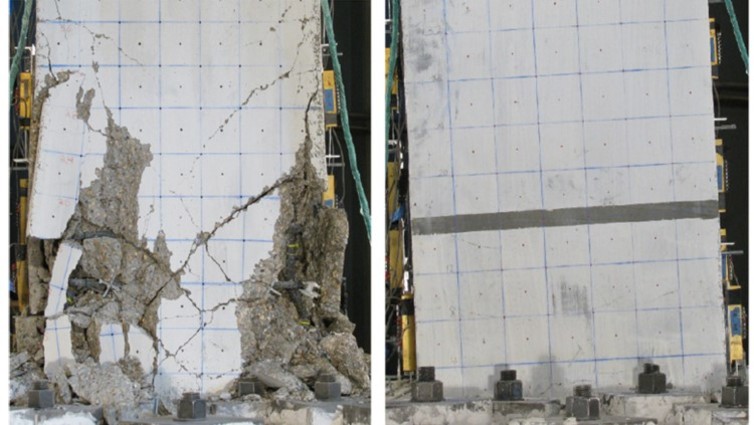When buildings collapse killing hundreds – or thousands – of people, it’s a tragedy. It’s also an important engineering problem. The 1995 collapse of the Alfred P. Murrah Federal Building in Oklahoma City and the World Trade Center towers in 2001 spawned many vows to never let anything like those events happen again. For structural engineers like me, that meant figuring out what happened, and doing extensive research on how to improve buildings’ ability to withstand a terrorist attack.
The attack on the Murrah building taught us that a building could experience what is called “progressive collapse,” even if only a few columns are damaged. The building was nine stories tall, made of reinforced concrete. The explosion in a cargo truck in front of the building on April 19, 1995, weakened key parts of the building but did not level the whole structure.
Only a few columns failed because of the explosion, but as they collapsed, the undamaged columns were left trying to hold up the building on their own. Not all of them were able to handle the additional load; [about half of the building collapsed](http://dx.doi.org/10.1061/(ASCE)0887-3828(1998)12:3(113)). Though a large portion of the building remained standing, 268 people died in the areas directly affected by the bomb, and in those nearby areas that could no longer support themselves. (A month after the attack, the rest of the building was intentionally demolished; the site is now a memorial to the victims.)



